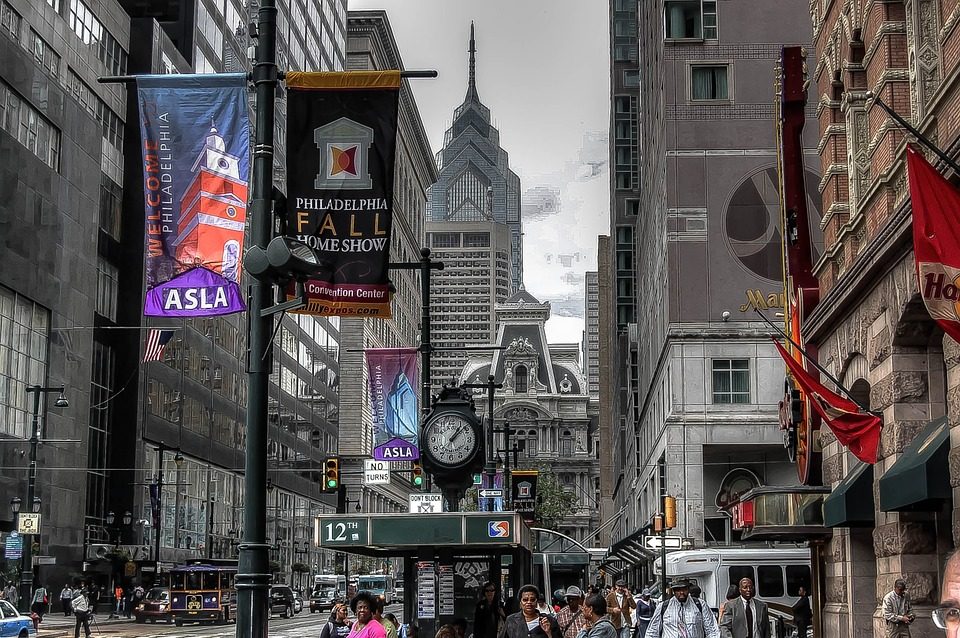Buyers: Avoid These Home Inspection Fails – Part 1/2

Home inspections are a big part of the homebuying process. They mark a big milestone in the course of the transaction for both buyers and sellers, because they can be stressful. The specter of an inspection turning up all manner of necessary repairs and tanking the sale haunts buyers, just as a already-beloved future home being deemed ineligible can frighten buyers. It’s a necessary evil, however. Part of what makes the inspection so stressful is that it’s a wrench that can be thrown in the works late in the buying process. At this point, the buyers have already scouted god-only-knows how many online listings, traipsed through countless open houses, made the tough decision that this is the right home, made an offer, held their breath to have it accepted, and gone through the process of being approved for financing by the bank. After all this stress, the inspection can be the straw that breaks the camel’s back. But I assure you, buyer, that you need to chill and not make the situation worse by committing one of these major inspection gaffs.
You say “no” to an inspection altogether.
TERRIBLE IDEA. Caps mandatory. It’s the rare buyer that will forego an inspection on a home owned by somebody else, and usually in these situations their agent can figuratively slap a little sense into them at the last minute. There’s a misconception, however, that you don’t need a home inspection on new construction. After all, everything is shiny and new, right? What could be wrong? Experts say that almost every new house turns up with at least a few issues. Builders can and will try to talk you out of getting an inspection, but you will need to fasten your adulting pants on and insist. Furthermore, if there are specific inspections that might pertain to your home, don’t skimp on getting them done. This includes swimming pools, septic systems, and wells. If your house is older, you will want to have a pro check for lead and radon as well.
You cheap out on the cost.
There’s a fine line between getting what you paid for and something sounding too good to be true that usually is. I’m not saying that you should necessarily go with the most expensive inspection available, because it’s not necessarily the best – but you definitely shouldn’t go with the cheapest inspection just for the sake of saving money. A very low-priced inspector can be somebody just starting out who lacks the proper experience to really do a good job, or they could be desperate for clients, which is almost as bad. What it comes down to is that cost shouldn’t be the issue when you look for an inspector. Not every inexpensive one is lousy, and not every pricey one is great. What you ARE looking for is someone with good experience, backed by great word of mouth and online reviews or recommendations from others who have worked with them. Let your real estate agent give you a short list of recommended inspectors and then let your fingers do the walking as you scan reviews on the net.
You skip the actual inspection.
While home sellers should make themselves scarce during the inspection for the comfort of buyer(s) and the pro, buyers absoluteley should show up to follow the inspector around on inspection day and get the results straight from the horse’s mouth. At the end of the day, even the most detailed report, complete with pictures, is no substitute for the inspector showing you issues and being able to answer your questions on the spot.
“An inspector must report on everything that’s found, no matter how minor,” said an experienced agent to Realtor.com. “So hearing the inspector’s comments directly and being able to ask questions is extremely helpful in figuring out what items from the report are truly a concern.”
It’s true that an inspection is lengthy, averaging about three hours. If you can’t stay for the whole ordeal, you should plan on at least showing up at the end to go over the findings with the inspector. But really, the savviest buyers follow the inspector around to learn more about the home that you are buying. You’ll get a peek at parts of the house that you wouldn’t normally see, since the inspector uncovers many hidden parts of the home.
Continue with part two.



